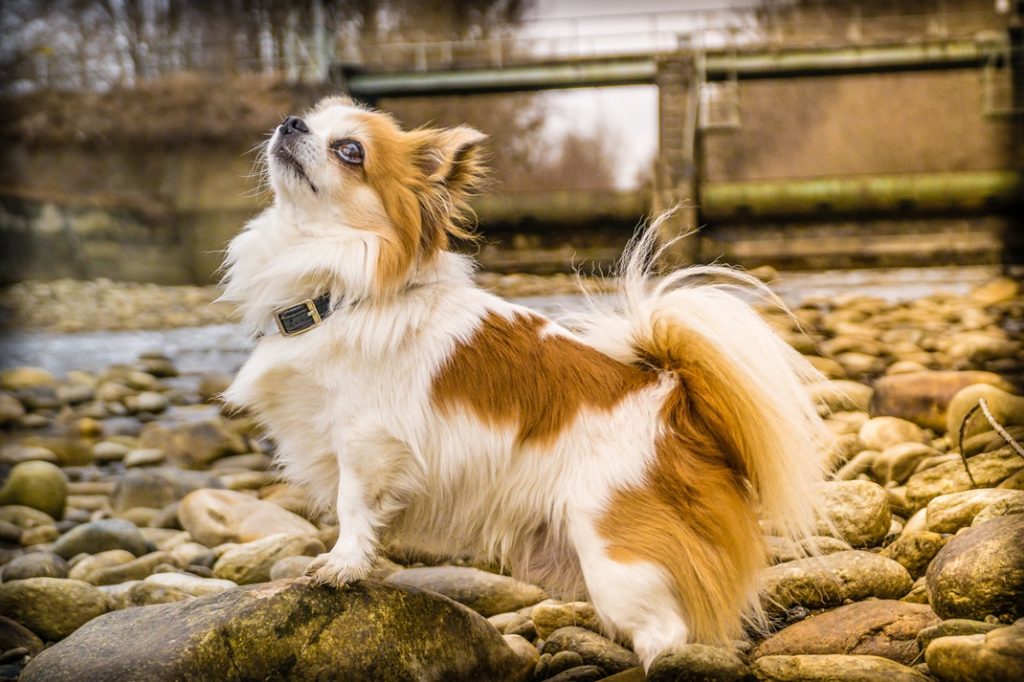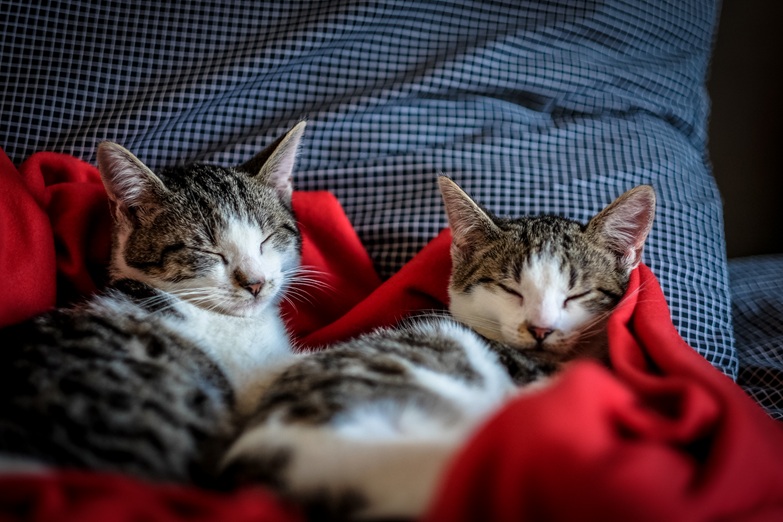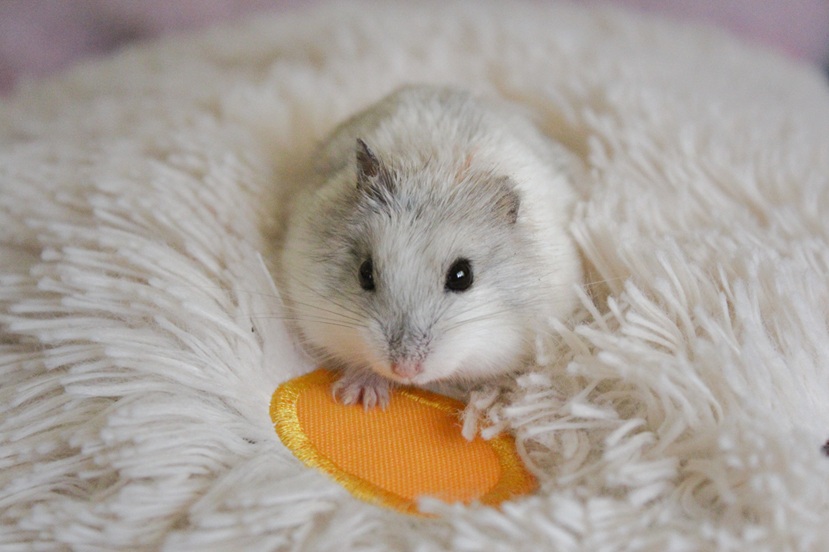Lasiorhinus krefftii

The South Australian hairy-snouted wombat (scientific name: Lasiorhinus latifrons): A species of wombat, belonging to the family Wombatidae and the genus Lasiorhinus. It measures 77-94 cm in head and body length, with a tail length of 2.5-6 cm, and weighs 19-32 kg. It possesses a sturdy, flat head and narrow, pointed ears. Its incisors are rodent-like. Its palate is wide between its molars. All its teeth grow continuously throughout its life, adapting to its harsh diet. It has a robust build, with a large, rather rounded, and somewhat clumsy body. It is covered in short, smooth, reddish-brown to grey fur. Its legs are short, thick, and powerful, with four strong toes and five claws on each leg, giving it a strong digging ability.
They inhabit semi-arid and arid grasslands and woodlands in Australia with annual rainfall of 200-500 mm. They are territorial animals with overlapping habitats and are highly adept at digging and building extensive burrowing systems. They primarily feed on grasses and grass stems, with a particular preference for new green shoots, especially species of the genus Stipa. They are distributed in southwestern Australia, southern South Australia, and southwestern New South Wales.
South Australian woolly-nosed wombats have relatively small family ranges. They rely heavily on their own burrowing systems, located away from windy areas. Their habitats overlap, often through shared burrows. They are territorial animals, connected by fecal-marked trails. They also mark their territory by rubbing their backs and rumps against objects and releasing scent secretions from their anal glands. Occasionally, during the breeding season, two males may bite ears, flanks, or rumps to defend their territory. Males maintain a dominant hierarchy, which can lead to fights. Social behavior in South Australian woolly-nosed wombats is most pronounced during the breeding season, with more frequent use of harsh calls. Females may make this call when being chased by males.





